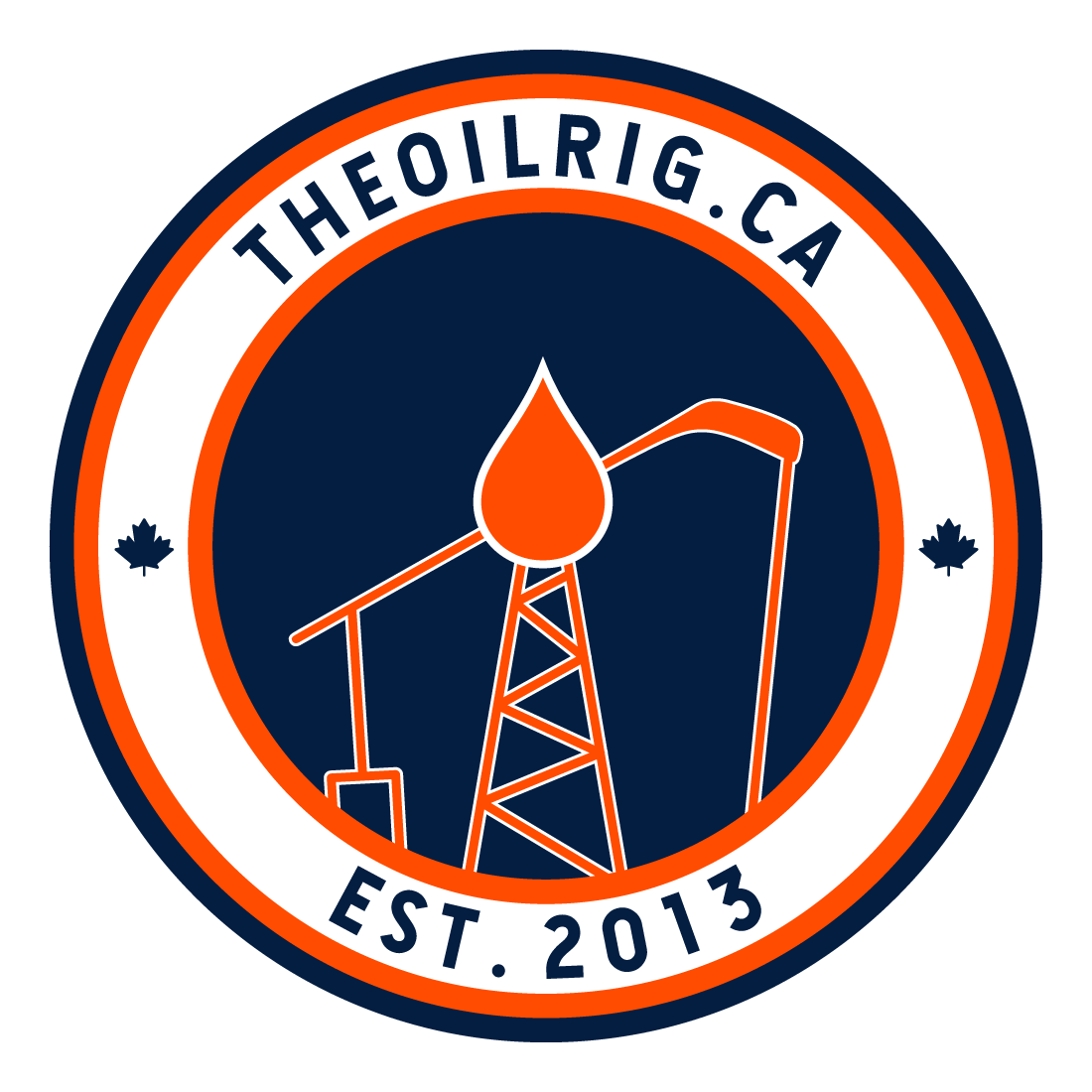There is great anticipation leading up to the NHL trade deadline each and every year hoping for the Edmonton Oilers to add the missing piece that will propel them to Stanley Cup champions. There is a bit of extra angst this season as the team is already a serious contender out of the Pacific Division and has been heating up lately, going 10–3–5 thus far in 2023.
The Oilers have been linked to a number of the top available players, including Patrick Kane and Erik Karlsson. Of course, all of them would cost an absolute haul to acquire, likely including top prospects like Philip Broberg or Xavier Bourgault, and multiple high draft picks.
This begs the question, is it worth it? Would taking a massive risk and making a huge play at the trade deadline be worth the price tag? Are the holes on the Oilers’ roster heading into the playoffs big or glaring enough to justify it?
Based on what the team would need to give up, as well as looking at the trade deadline moves of other Stanley Cup winners in recent years, it may be smarter for Ken Holland to play it cool—to make a move or two for depth and veteran leadership, rather than a star player.
The cost of the acquisition and the Oilers’ cap situation
This is the beginning of the Oilers’ Cup window. They still have plenty of years left with this core group, being all locked down for at least another three years, until Leon Draisaitl’s contract ends.
Over the upcoming years of contention, there will be turnover and holes opening up in the supporting role and depth roster spots. The Oilers are already in a bit of a cap crunch, reliant on the LTIR space from various injured players to fit their roster under the cap. This will only get worse with time.
One of the easiest ways to navigate this turnover while remaining cap compliant is icing players on entry-level deals. The team’s prospect pool is an excellent source of cheap and talented roster players. Even better that they have grown up within the team’s system and are familiar with the organization.
A trade for a star player would require Edmonton to give up at least one of their top prospects, as well as high draft picks. This would deplete a prospect pool that is already getting weaker by the year as players graduate up to the NHL full-time.
Thus, making a trade for a star player would both weaken the prospect pool and by extension create even more difficulty icing a cap-compliant roster. Unless they want to one-and-done their competitive window like the Florida Panthers have, it would be wise not to sell the farm this early.
Does a big trade actually help?
Think about it, the team has spent all season together building chemistry, rapport, and bonding as a group. Then all of a sudden with six weeks left in the season, a significant trade occurs that shakes up the core and throws the lines in a blender. Of course there is going to be an adjustment period, especially if the new player struggles to find chemistry with linemates or fit into the new system.
Let’s take a look at how other recent Stanley Cup winners have handled the trade deadline.
| Team and Year of Stanley Cup Win | Players Acquired Near Trade Deadline |
|---|---|
| Colorado Avalanche (2022) | Josh Manson, Artturi Lehkonen |
| Tampa Bay Lightning (2021) | David Savard |
| Tampa Bay Lightning (2020) | Barclay Goodrow, Blake Coleman |
| St. Louis Blues (2019) | Michael Del Zotto |
| Washington Capitals (2018) | Michal Kempny |
| Pittsburgh Penguins (2017) | Mark Streit, Ron Hainsey |
| Pittsburgh Penguins (2016) | Justin Schultz |
Looking at this list of the past seven Stanley Cup winners, the most recognizable players acquired are mostly depth or role players. No stars and no top-line players.
The teams that are the strongest competitors for the Stanley Cup don’t necessarily need a big roster move to put them over the top. They are already good enough and just make a couple of smaller tweaks to improve depth, get some coverage for the inevitable injury issues that pop up, and bring in some experienced players for leadership.
For those reasons, the Oilers should not have to make a big move at the trade deadline to legitimize them as Cup contenders. The team is close on its own, and the biggest holes can be filled internally, a strategy Holland often employs anyways.
There are plenty of smaller trades for depth players that may provide the same minor tweaks and value that other past Cup champions saw. Players like Luke Schenn for defensive depth. He is a physical, shot blocker who oozes playoff hockey and has a ton of playoff experience in recent years. Or up front, some scoring depth like Nick Bjugstad or a physical presence like Sean Kuraly might be trade targets worth inquiring about.
Should the Oilers make a big trade at the deadline?
Ultimately, the risk of making a major play at the trade deadline does not seem to have a high enough likelihood of paying off. And, even if it does, not handcuff the team’s attempt at sustaining a competitive window with a difficult-to-navigate salary cap situation and a weak prospect pool to replenish the lineup. The safer, albeit less impactful, option of smaller tweaks for depth and veteran presence is likely the way to go.
Photo by Curtis Comeau/Icon Sportswire

One Comment